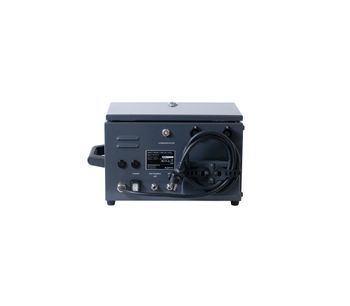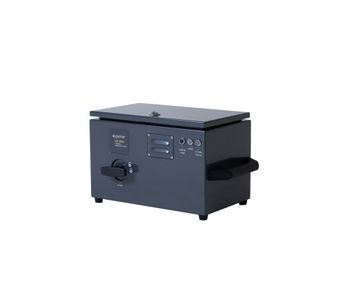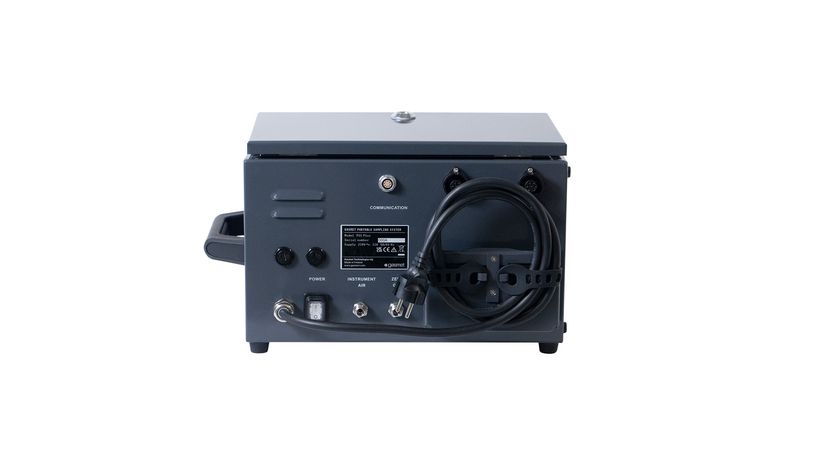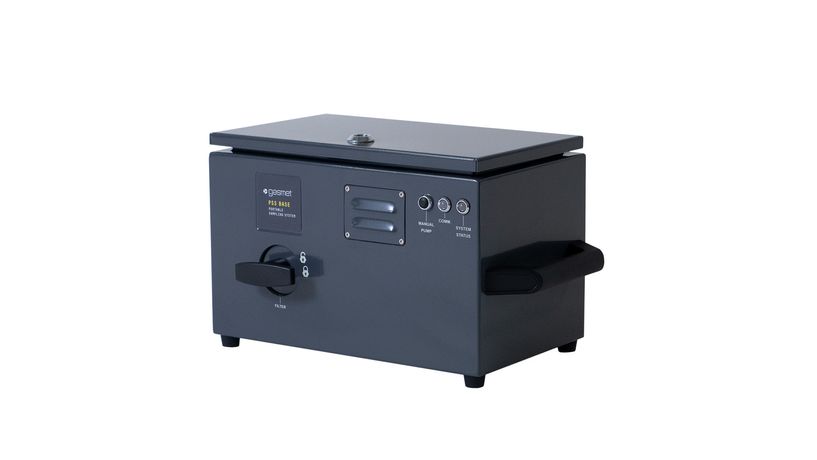
Gasmet - Model PSS Plus and PSS Base - Portable Gas Sampling System
The Gasmet portable sampling system has been designed for portable emission monitoring measurements. It can be used for measuring trace concentrations of pollutants in wet, corrosive gas streams. The sample gas can be measured undiluted and without drying since the sample pump, heated filter and valve are all located in a module that is heated to 180 ºC. From the Sampling System the gases can be directed into Gasmet FTIR gas analyzer. The portable sampling system includes power connections and temperature controllers for heated lines and heated module. The unit is connected to an external PC through Gasmet FTIR gas analyzer and can be controlled by Calcmet software.
Key Points
- The function of the portable sampling system is automatic, but sample pump and valve can be controlled also manually.
- The zero calibration of the Gasmet FTIR gas analyzer can be done automatically with the portable sampling system.
- The sampling system can be equipped with a sample probe and / or heated lines.
Product Details
Gasmet PSS is an automated portable sampling system for continuous extractive sampling from hot and wet gas streams. It is designed for periodic, continuous measurements on site. PSS Base and PSS Plus are controlled with Calcmet software and GT6000 Mobilis gas analyzer.
The PSS Base is affordable option with all the basic features for automated, continuous sampling. PSS Plus has additional features for advanced measurements: oxygen measurement, sample flow status signal and integrated rotameters for instrument air and zero gas flow control. There is also a possibility to connect instrument air for safety and purging, saving N2.
Key benefits
- User-friendly design
- Instrument air option (PSS Plus)
- Integrated controls accessible from Calcmet
- IP42 rated
Customer reviews
No reviews were found for Gasmet - Model PSS Plus and PSS Base - Portable Gas Sampling System. Be the first to review!




